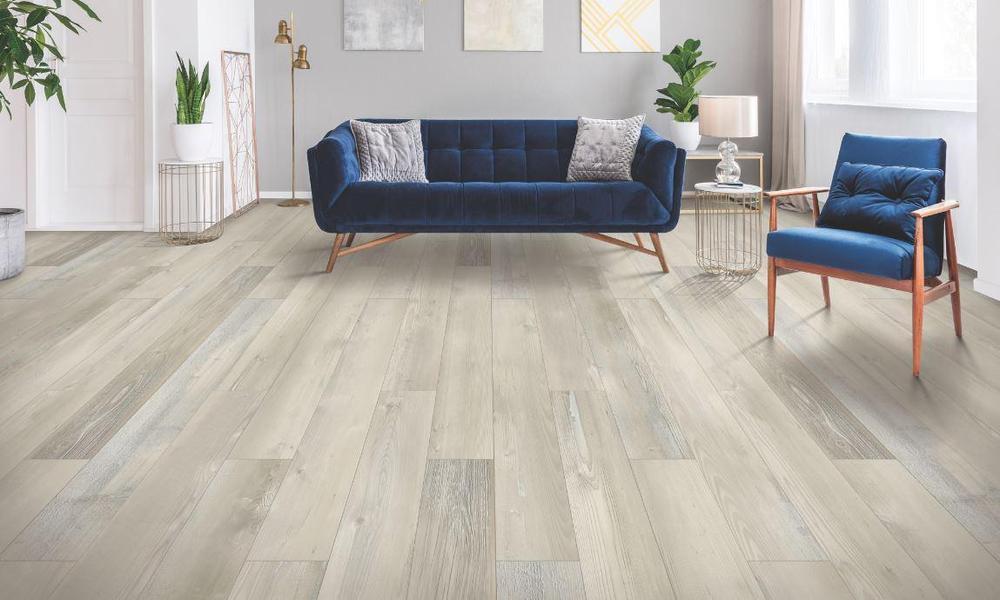
Why is floor self-leveling becoming so popular?
Self-leveling floors have gained immense popularity in recent years as they offer a quick and easy solution for uneven surfaces. Self-leveling floors are particularly useful in industrial and commercial settings where there are high-traffic areas and heavy machinery. They are also becoming popular in residential settings due to their smooth and seamless finish. Among self-leveling floors, the most innovative and attractive option is floor self-leveling.
Floor self-leveling is a type of self-leveling floor that creates a seamless and smooth surface. The material used for floor self-leveling is usually a blend of polymer resins and cement-based products. Once poured onto the floor, the self-leveling compound spreads evenly across the surface, filling in any cracks or gaps. The result is a smooth and even surface that can be customized with various colors, patterns, and textures. With various types available in the market, including metallic epoxy, self-leveling concrete, and quartz self-leveling, there is an option to suit every need. If you are looking for a solution to your uneven floors, consider floor self-leveling for a smooth and seamless finish.
Benefits of floor self-leveling
Floor self-leveling has numerous benefits that make it an attractive option for industrial, commercial, and residential settings. Here are some of the benefits of floor self-leveling:
- Durability: Floor self-leveling is extremely durable and can withstand heavy traffic, machinery, and chemicals. This makes it ideal for industrial and commercial settings where the floor undergoes heavy wear and tear.
- Seamless finish: Unlike traditional floors, floor self-leveling creates a seamless finish that eliminates the need for grout lines or joints. This creates a clean and modern look that is easy to maintain.
- Customizable: Floor self-leveling can be customized with various colors, patterns, and textures. This allows for endless design possibilities, making it an attractive option for residential settings where aesthetics are important.
- Cost-effective: Floor self-leveling is a cost-effective solution for uneven surfaces. It eliminates the need for expensive and time-consuming floor preparation, saving both time and money.
What are the Types of floors self-leveling?
There are various types of floors self-leveling available in the market. Here are some of the most popular types:
- Metallic epoxy: Metallic epoxy is a type of floor self-leveling that creates a unique and modern look. It contains metallic pigments that create a shimmering effect, making it an attractive option for commercial settings.
- Self-leveling concrete: Self-leveling concrete is a cement-based product that creates a smooth and seamless finish. It is an ideal option for industrial settings where durability is important.
- Quartz self-leveling: Quartz self-leveling is a blend of polymer resins and quartz granules. It creates a textured and slip-resistant surface, making it ideal for commercial and industrial settings.
Floor self-leveling is a modern and innovative solution for uneven surfaces. It offers numerous benefits, including durability, seamless finish, customization, and cost-effectiveness. With various types available in the market, including metallic epoxy, self-leveling concrete, and quartz self-leveling, there is an option to suit every need. If you are looking for a solution to your uneven floors, consider floor self-leveling for a smooth and seamless finish.



